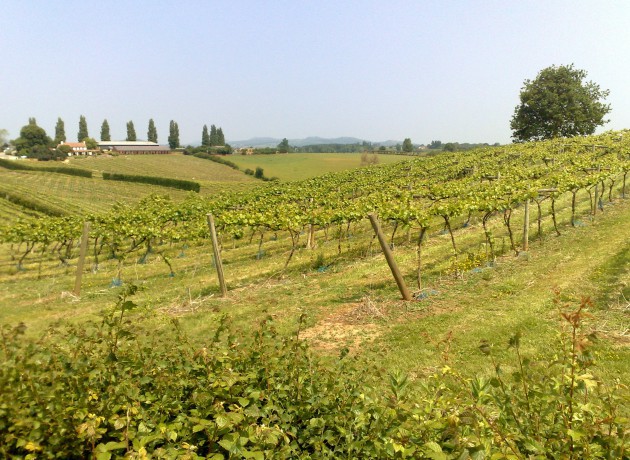Homeland News
by James Bailey
Published: June 21, 2024
The eighth annual WineGB Awards concluded with a showcase of the finest wines from England and Wales, marking the end of English Wine Week with a record number of entries and gold medals. This year's competition celebrated the diversity and quality of wine produced in 33 counties, and more than 350 medals were awarded.
One of the highlights of the event was the distribution of 35 gold medals for sparkling wines and 21 medals for still wines, more than double the number of gold medals last year for the latter. Sparkling wines excelled in categories such as Classic Cuvée Non-Vintage/Multi-Vintage, Classic Cuvée Vintage, and Rosé, each receiving six gold medals. In the still wine category, Red Pinot Noir and Chardonnay led the way with five gold medals each, followed by Bacchus with four medals.
Oz Clarke, co-chair of the WineGB Awards judging panel, praised the entries: “Every category was at its best this year. There were more wines than ever before, and there were some really wonderful expressions of grape varieties, both well-known and more obscure. It was Ambition and innovation go triumphantly hand in hand.
Clark highlighted the significant achievements in still wine: “Until this year, the sparkling categories had always dominated. This was the first year that we were able to enjoy a fantastic range of Chardonnay and Pinot and we know that we took a fantastic set of first medals in both. It is worth noting that the Pinot category has been enhanced by some outstanding examples of Pinot Précoce.
The awards honored wines made from ten different grape varieties, including the first ever gold medal for wines made from Solaris and orange vermouth wines made from Reichensteiner, Solaris and Bacchus.
Wines from 33 counties – 28 in England and five in Wales – received medals, with gold medals spread across 18 counties from Cornwall, Dorset and Suffolk to East Sussex, Berkshire and North Yorkshire. Kent and Hampshire led the gold medal count with nine each, followed by West Sussex with six, Dorset with five, and East Sussex with four.
Peter Richards MW, Co-Chairman's Fellow, emphasized the importance of this year's awards: “This year has been an important year for the WineGB Awards on many levels. Firstly, this was the largest number of wines ever entered into the awards. Perhaps most importantly is that more producers took part than ever before Finally, the quality and variety of the wines were remarkable – we had the judges regularly comment on how high the standard of English and Welsh wines are at the moment, and how enjoyable the wines are to taste.
Rebecca Palmer, associate director and buyer at Corney & Barrow, echoed this sentiment: “Entries are up again this year, which is a trend we're seeing year on year, no doubt as more producers come on the scene. At the same time, I feel like, year on year Overall, the overall level of quality rises – there is a feeling of confidence in the winemaking; greater clarity of style and greater mastery of style and interaction between the elements of the wine.
In total medals, Kent emerged first with 71 medals, followed by East Sussex with 47, West Sussex with 41, Hampshire with 33 and Devon with 15.
This year's WineGB Awards saw winemakers using a variety of techniques, including multi-vintage still wines, the use of oak in different forms, low-dosage and no-dosage sparkling wines, skin-contact still wines, and Solera system blending. Medals were awarded across all methods of sparkling wine production, from traditional and charm to Col Fondos, pitt-nat and sparkling wines.
The WineGB Awards not only celebrated the achievements of winemakers, but also highlighted the evolving nature of the English and Welsh wine industry. As English Wine Week draws to a close, the awards and innovations presented by the WineGB Awards continue to set the standard for the future of winemaking in the region.


